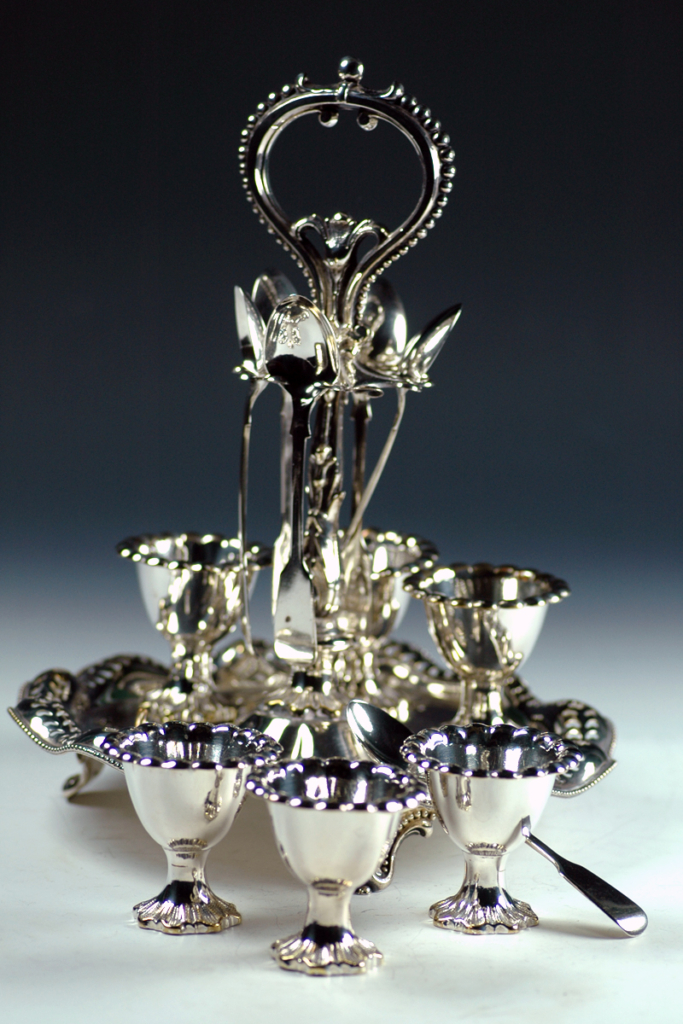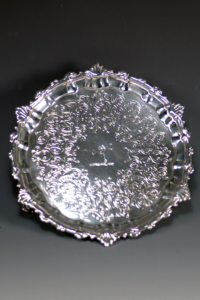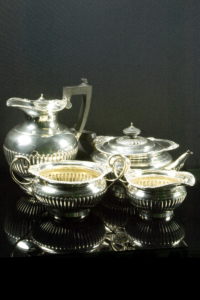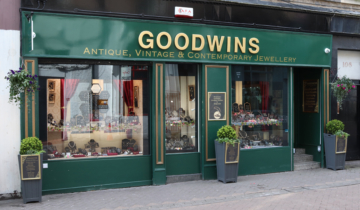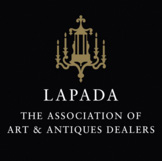This website uses cookies so that we can provide you with the best user experience possible. Cookie information is stored in your browser and performs functions such as recognising you when you return to our website and helping our team to understand which sections of the website you find most interesting and useful.
GOODWINS’ GUIDE: Buying Silver
GOODWINS’ GUIDE TO BUYING SILVER
The first and foremost rule when buying silver is this: do you like it? You have to find it lovely. Whatever you purchase should be practical and pleasurable in equal measure. How much it might appreciate in value should be low on your list of priorities unless you are a silver collector, which is quite separate, and not addressed in this blog post.
Think about your style preferences. A Victorian item will be heavily embossed. The Georgian equivalent will be simple and plain. An Art Deco piece will be very stylised. Once you’ve narrowed down your personal tastes, think about the room you’re outfitting: will this piece work in that environment? Believe it or not it is a key question, because most people buy silver to fulfil a specific requirement. A customer will visit us saying, “I need a claret jug,” or “I need a pair of wine slides (coasters) for the table.”
Whether you opt to purchase silver or silver plate will depend on your budget. For example, an antique claret jug will be priced anywhere from £2,000 – 10,000 pounds right now. If you wish to spend less, consider silver plate. You can still buy an antique. Aesthetically it will look identical. They are made by the same company and cast from the same mould, but one is cast in solid silver and the other is cast from a base metal that is then plated.
Plate tarnishes at the same rate as silver — after all it is silver. It is, however, a thin skin which can wear off, so you must be sure to treat plate even more gently than you would solid sterling. Having said that, as dealers, we rather like seeing old plated items with a degree of “bleeding” (when you can see the metal coming through). It demonstrates authenticity: the item is original and old. It can also be a pretty effect because the copper coming through has a pinky glow.This bleeding doesn’t overly diminish the value because plate itself is not hugely valuable. We’d rather see a piece in that condition than one that has been re-plated. It’s not pretending.
Other considerations are likely going to be dependant on usage. Do you want your claret jug to hold one, two or three bottles of wine? Is your silver tea set going to serve one person or several? The usual increments for tea sets are bachelor (one cup), four,and eight cups.
What about hallmarks, you ask? Be aware that the piece you’re considering may be more than 150 years old, and that over time, with handling, hallmarks can wear off. Missing hallmarks don’t automatically signal a fake. This brings us back to our favourite topic: trust. Work with a reputable dealer with a deep knowledge of silver, and ask questions. We will be able to answer them.
British hallmarking is the best, the most comprehensive, and the longest lasting of anywhere in the world. It tells you who made the piece, where they made it, and when. Continental hallmarking is a less reliable provider of information. The grades of silver used on the continent vary, and can be lower than sterling.
Sterling is an alloy of silver containing 92.5% by mass of silver and 7.5% by mass of other metals, usually copper. Items are marked 925. Britannia silver is of a higher grade, containing 95.84% silver, with 4% of copper. It was introduced in England in 1697.
In Germany they use 800 or 880, a lower grade of silver. Therefore when assessing an historical piece, as soon as we see it’s stamped 800, we know it’s not British.
Every nation’s style preferences varies. Generally speaking, Italian pieces are often highly ornate and embossed; German style tends toward functionality, and can be plain; and French silver falls somewhere between the two.
British silver is, in our opinion, the best in the world, and the most encompassing. British craftsmen made everything throughout the Georgian and Victorian eras, when everyone wanted silver. Therefore we were leaders in the field, with the highest quality and the widest range of goods. There were, for example, hundreds of different patterns of cutlery.
To recap, when buying silver for your home, consider these three points: price, functionality and aesthetics. You’ll live with silver for a long time — you should live with something you love.




